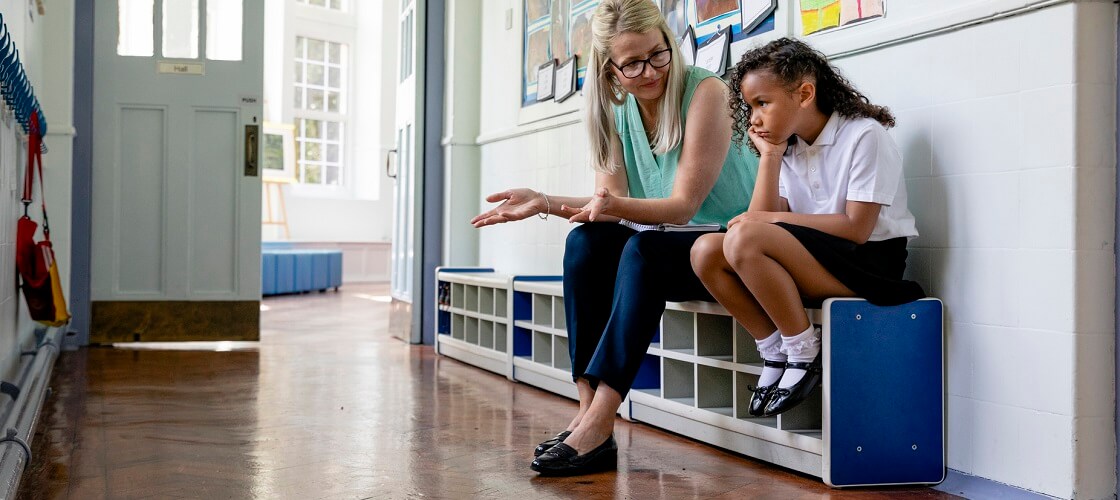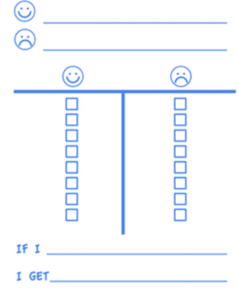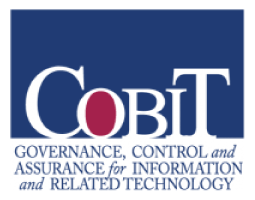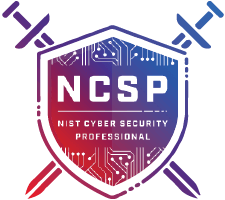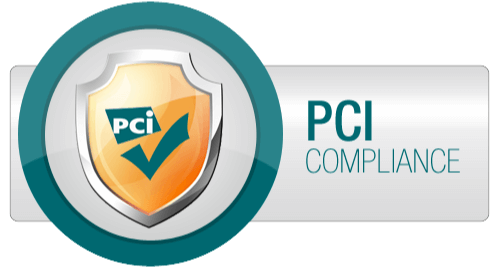Research supports the view that curricula should be designed to engage students, have the ability to connect to their lives, and positively influence their levels of motivation (Coleman, 2001; Guild, 2001; Hall, 2002; Sizer, 1999; Strong et al., 2001). The most effective social and emotional learning (SEL) requires a collaborative approach that involves everyone from district leadership, to educators, to families working together to ensure students receive the support they need.
Creating a culture to implement SEL effectively in a strategic and systematic approach that involves all stakeholders is needed. Below are 6 strategies for a systematic approach to teaching SEL:
1. Provide Practice:
- Provide opportunities for the students to practice this skill in a safe environment (e.g. role playing with adults and peers, role playing with toys, role model or action hero as props, use of video modeling).
2. Provide visual cues:
- Create a visual reminder of the behavior you want the student to self-monitor and use reminders.
- Place the visual cue on the student’s desk, and draw his or her attention to it, before you begin the self-monitoring exercise
3. Teach in steps:
- Teach the student to monitor another person’s behavior. For example, you can show the student how to record the number of times a peer makes nice comments to their peers.
- After the peer makes a kind comment, ask the student whether the target behavior occurred and prompt the student to either record or not record it.
- Provide several practice opportunities and fade prompts by no longer asking the student whether the target behavior occurred.
- When the student can monitor another person’s behavior, teach him or her to monitor his or her own responses for the same activity.
- Provide prompts as needed, until the student can self-monitor independently.
- Teach the student to self-monitor a variety of behaviors. For example, if you are having the student self-monitor an attending behavior, you can ring a bell to remind the students to make a check mark, on the self-monitoring sheet, if they were looking at you when the bell rang.
4. Use Reward Systems:
- Use a reward system to reinforce accurate self-monitoring of a target behavior.
- Provide a reward when the student engages in and self-monitors a target behavior at a predetermined rate.
- Attach rewards to a decrease in no desired behaviors.
- Also, provide better rewards for increased occurrences of the target response.
- The teacher should monitor and check the accuracy of the students’ self-monitoring.
5. Provide Tracking Sheets:
- Provide the students with self-monitoring sheets, to track the number of times they engage in a target behavior. For example, you can provide a sheet with check boxes to track one behavior that you would like them to increase
- Provide a self-monitoring sheet, where the students make tally marks every time they engage in multiple behaviors that you would like them to increase.
- Provide a tracking sheet for the students to monitor both behaviors to increase, and decrease.
6. Practice with Peers:
- Have the student practice self-monitoring a target behavior with an adult.
- When the student can self-monitor a behavior independently with an adult, have the student monitor the same behavior in the presence of one or two peers.
- When the student demonstrates the target behavior, prompt him or her to record the response. For example, you can gesture to the check box on the self-monitoring sheet. Fade prompts by no longer gesturing to the check box.
- Provide opportunities for the student to practice this skill in the presence of his or her peers, until he or she can self-monitor independently.
